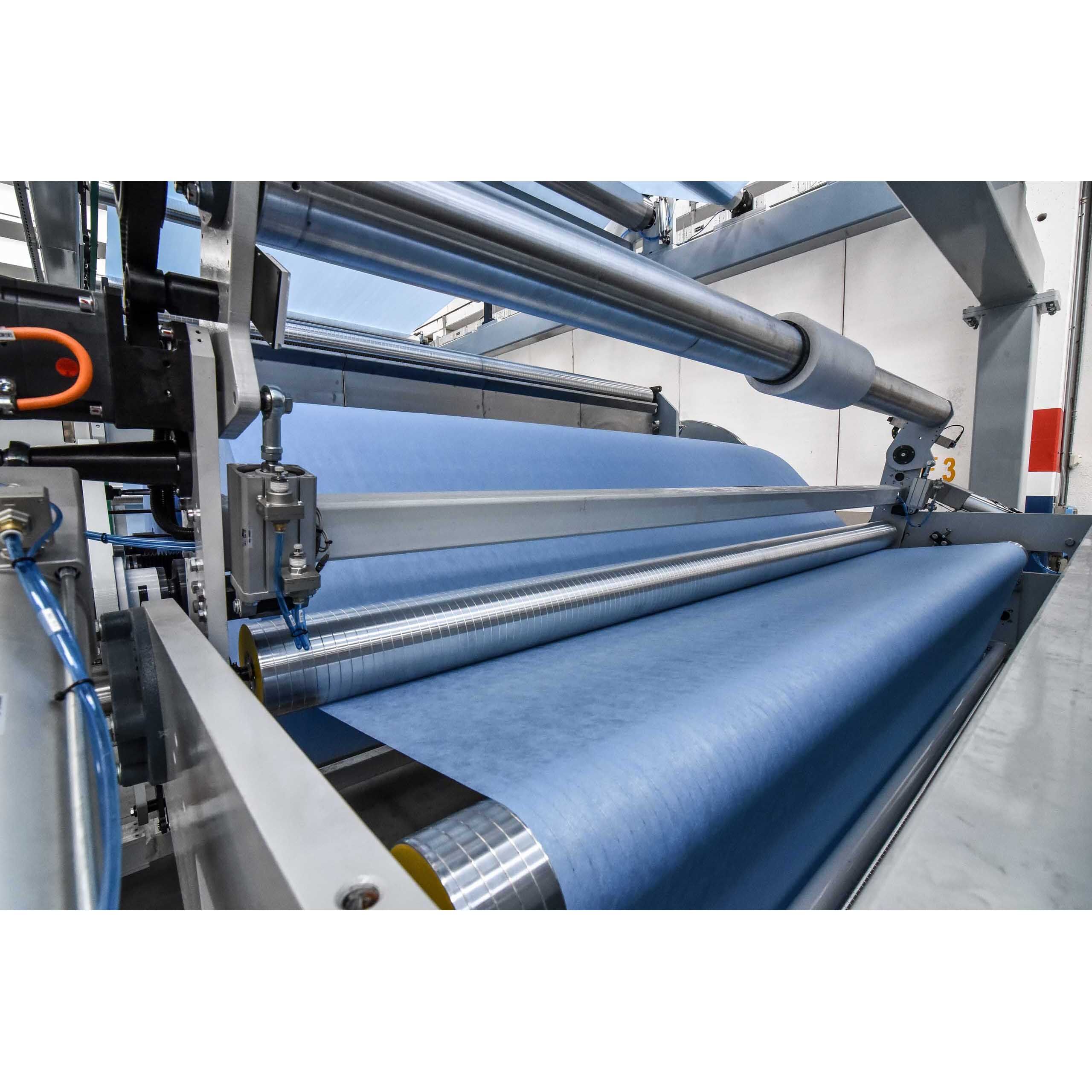6-20 个字符(仅限字母加数字)
密码不一致


Hot vs Cold Lamination: Which is Better for Your Needs?
When it comes to preserving and protecting important documents, photos, or even creative projects, lamination is a go-to solution. But with two main methods—hot and cold lamination—how do you know which one is right for you? Whether you're a teacher, a small business owner, or just someone who loves DIY projects, understanding the differences between these two techniques can help you make the best choice for your needs. Let’s dive into the world of lamination and explore the pros, cons, and ideal uses for each method.
What Is Lamination, and Why Does It Matter?
Lamination is the process of sealing a document or item between two layers of plastic film to protect it from wear and tear, moisture, and fading. It’s a simple yet effective way to extend the life of your materials, whether it’s a cherished family photo, a frequently handled menu, or a classroom poster.
I remember the first time I laminated something—it was a recipe card my grandma had handwritten. I wanted to preserve it forever, and lamination seemed like the perfect solution. But I quickly realized there were two options: hot and cold. I had no idea which to choose! If you’re in the same boat, don’t worry—I’ve got you covered.
Hot Lamination: The Classic Choice
How Does Hot Lamination Work?
Hot lamination uses heat to melt adhesive on the laminating film, bonding it to your document. This method typically requires a laminating machine, which heats up to a specific temperature to ensure a secure seal.
Pros of Hot Lamination
-
Durability: Hot lamination creates a strong, long-lasting seal that’s resistant to water, dirt, and tearing. It’s ideal for items that will be handled frequently, like ID cards or classroom materials.
-
Professional Finish: The heat creates a smooth, glossy finish that looks polished and professional. This makes it a great choice for presentations or marketing materials.
-
Versatility: Hot laminators can handle a wide range of thicknesses, from thin sheets to thicker materials like posters or signs.
Cons of Hot Lamination
-
Heat Sensitivity: Hot lamination isn’t suitable for heat-sensitive materials, such as photos printed on certain inks or thermal paper. I learned this the hard way when I tried to laminate a concert ticket—it turned completely black!
-
Equipment Cost: While affordable options exist, high-quality hot laminators can be a bit pricey. However, if you laminate frequently, it’s a worthwhile investment.
-
Wait Time: Hot laminators need time to heat up, which can be a minor inconvenience if you’re in a hurry.
Cold Lamination: The Cool Alternative
How Does Cold Lamination Work?
Cold lamination uses pressure-sensitive adhesive instead of heat to bond the film to your document. This method can be done with a cold laminating machine or even by hand using self-adhesive laminating pouches.
Pros of Cold Lamination
-
No Heat Required: Cold lamination is perfect for heat-sensitive materials, like photos, inkjet prints, or thermal paper. It’s also a safer option if you’re working with kids or in a busy environment.
-
Portability: Since cold laminators don’t require heat, they’re often more compact and portable. Some even come in handheld versions, making them great for on-the-go projects.
-
Ease of Use: Cold lamination is straightforward and doesn’t require a warm-up period, so you can get started right away.
Cons of Cold Lamination
-
Less Durable: While cold lamination still offers protection, it’s generally not as durable as hot lamination. The adhesive can sometimes peel over time, especially if the item is handled frequently.
-
Bubbles and Wrinkles: Applying cold laminating film by hand can be tricky, and it’s easy to end up with bubbles or wrinkles if you’re not careful.
-
Limited Thickness: Cold laminators typically can’t handle thicker materials as well as hot laminators can.
Hot vs Cold Lamination: Which Should You Choose?
The answer depends on your specific needs. Here’s a quick guide to help you decide:
Choose Hot Lamination If:
-
You need a durable, long-lasting finish.
-
You’re working with materials that aren’t heat-sensitive.
-
You want a professional, glossy look.
-
You laminate frequently and want a machine that can handle a variety of projects.
Choose Cold Lamination If:
-
You’re working with heat-sensitive materials.
-
You need a portable, easy-to-use solution.
-
You’re laminating items that won’t be handled frequently.
-
You’re on a budget and want a more affordable option.
Tips for Successful Lamination
No matter which method you choose, here are some tips to ensure great results:
-
Clean Your Documents: Make sure your items are free of dust and debris before laminating.
-
Trim Excess Film: After laminating, trim any excess film for a neat finish.
-
Test First: If you’re unsure how a material will react, do a test run with a scrap piece.
Why Choose JINXIN Laminating Machines?
If you’re ready to invest in a laminating machine, JINXIN offers a range of high-quality options for both hot and cold lamination. Their machines are known for their reliability, ease of use, and professional results. Whether you’re a busy teacher, a creative professional, or just someone who loves to keep things organized, JINXIN has a laminating machine that’s perfect for your needs.
Final Thoughts
Choosing between hot and cold lamination depends on what you're laminating and how you plan to use it. Hot lamination is great for durability and a polished finish, while cold lamination is better for heat-sensitive materials and quick projects.
Investing in a good laminating machine, like those from JINXIN, can make the process easier and more efficient. Whether you're preserving memories or creating professional materials, lamination is a useful tool to have.

